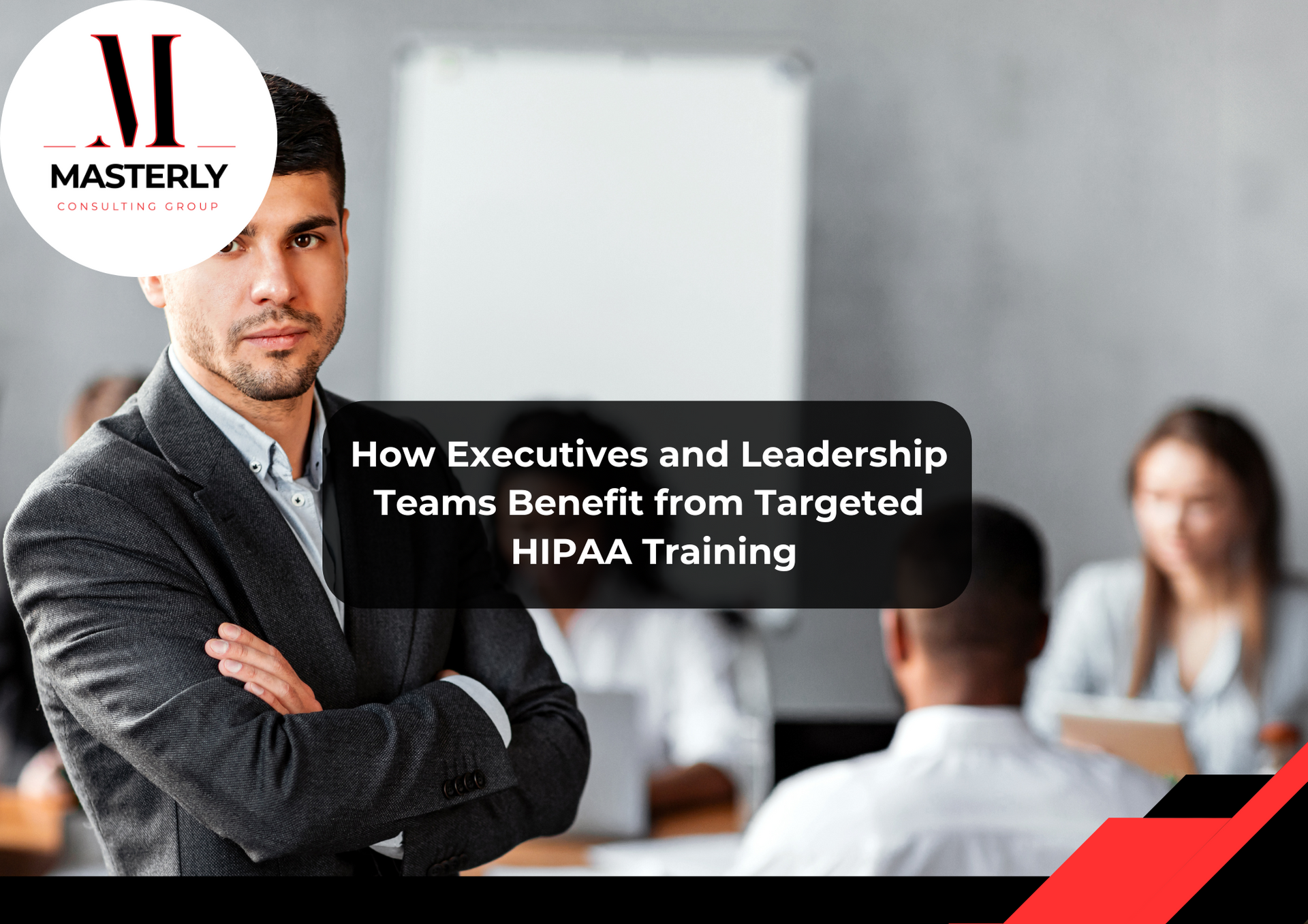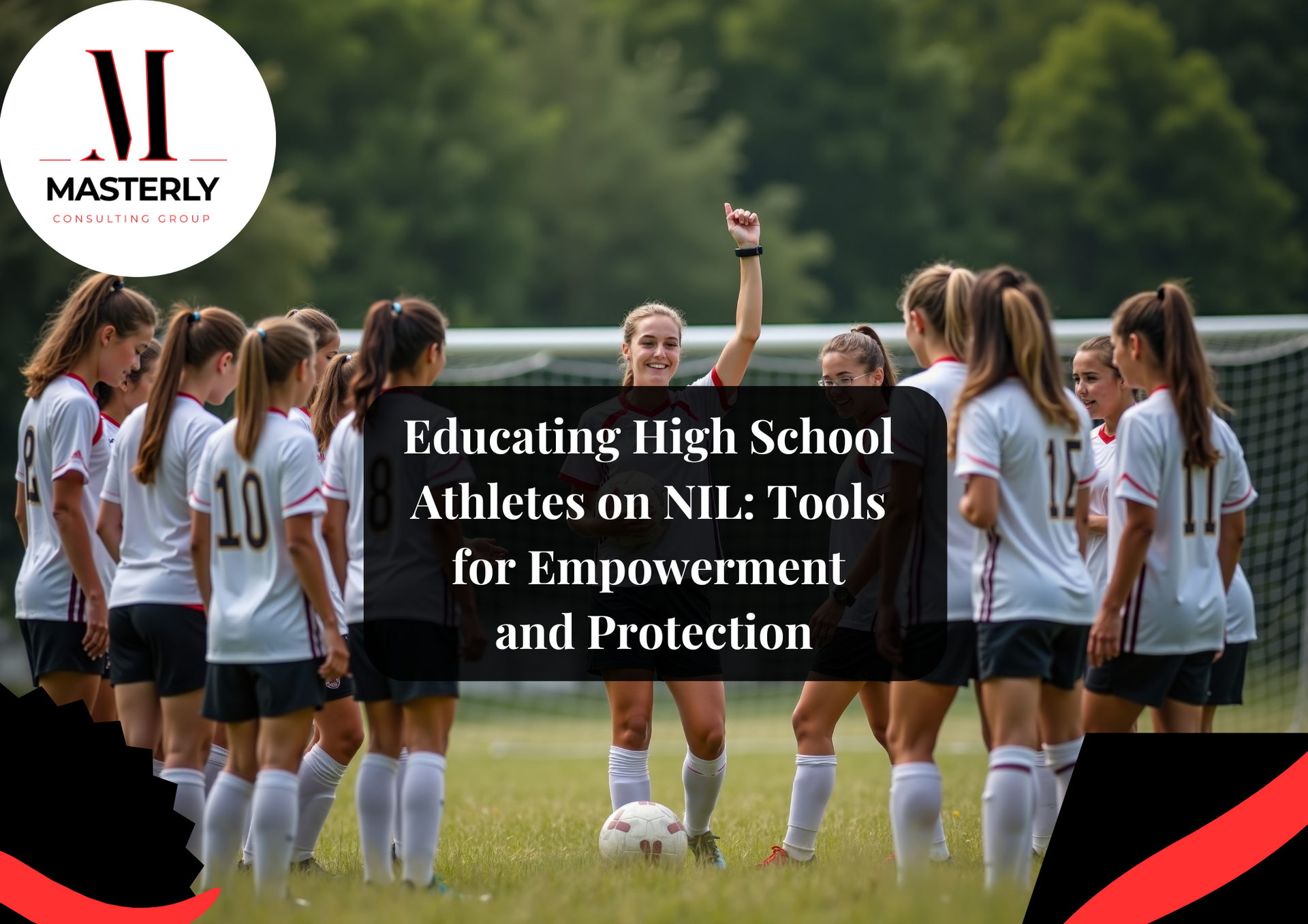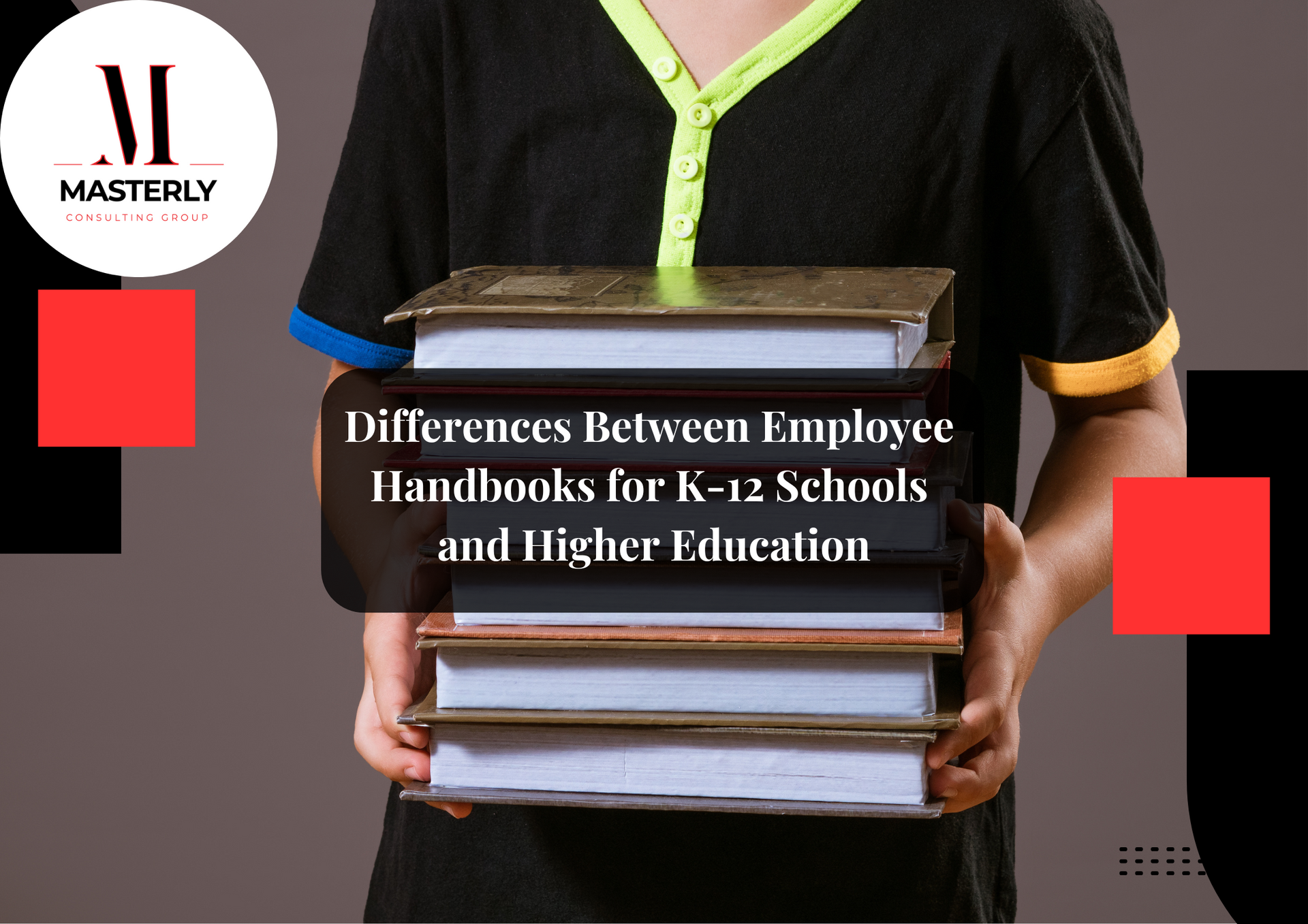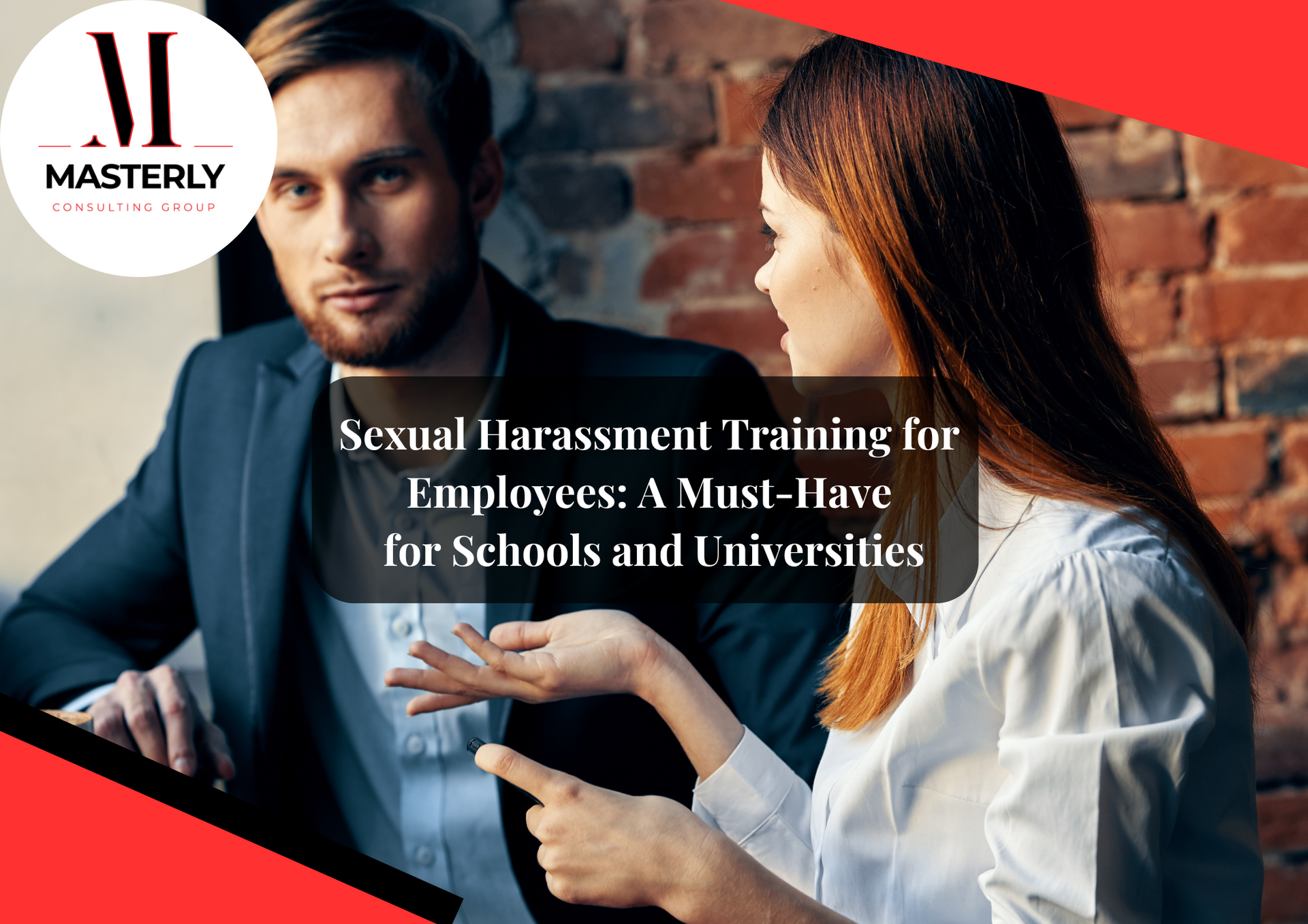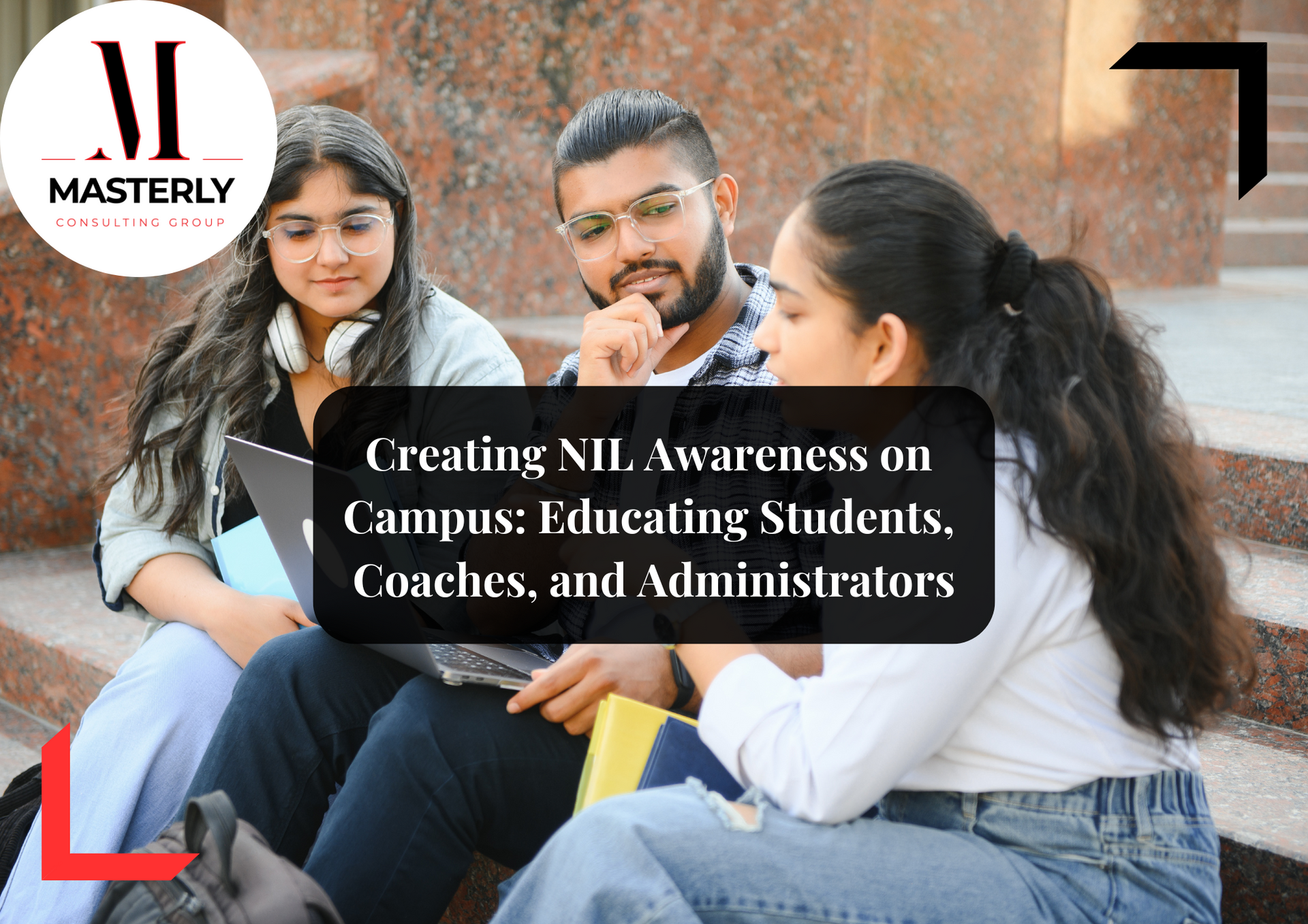Elevating NIL Awareness in High Schools: Interactive Training and Compliance Audits
The landscape of Name, Image, and Likeness (NIL) rights is transforming the way high school athletes and high school athletic departments navigate the world of sports and sponsorships. As NIL opportunities expand beyond college athletes to include high school student athletes, it is essential for educational institutions, including state high school associations and school districts, to implement comprehensive NIL training and compliance procedures. With the right strategies in place, schools can empower their students while ensuring adherence to NIL rules and state laws.
Understanding NIL and Its Impact on High Schools
The concept of NIL rights allows student athletes to profit from their name, image, and likeness through activities like commercial or marketing endorsements, nil agreements, and personal appearances. Traditionally, these opportunities were reserved for college sports, but changes in state laws have opened the door for high school athletes to explore NIL opportunities.
Why High Schools Need NIL Education
As NIL activities become increasingly common, high school athletic directors, administrators, and coaches must stay informed about the evolving NIL policy landscape. Without proper education and oversight, schools risk:
- Losing eligibility for their athletes due to rule violations.
- Legal complications tied to intellectual property, such as the misuse of school logos or identifying school insignia.
- Challenges maintaining the amateur status of student athletes.
By providing interactive NIL workshops and compliance audits, schools can ensure that all stakeholders understand the importance of following state high school associations and NCAA NIL rules.
Interactive NIL Training: A Hands-On Approach
One of the most effective ways to promote NIL awareness is through interactive training sessions. These workshops engage high school athletic administrators, school teams, and student athletes in practical exercises and real-world scenarios.
Key Components of NIL Training for High Schools
- Understanding NIL Rules: Breaking down state and national NIL regulations, including those established by the National Collegiate Athletic Association (NCAA).
- NIL Policy Development: Guiding schools in creating clear and enforceable NIL policies tailored to their needs.
- Navigating NIL Agreements: Educating students and families on how to evaluate NIL contracts to avoid exploitation.
- Identifying Compliance Risks: Highlighting potential violations, such as using school facilities or school marks for NIL purposes without proper authorization.
These training programs are designed to equip high school athletic departments with the tools they need to support current student athletes and prepare prospective student athletes for future opportunities.

The Role of Compliance Audits in NIL Awareness
While training is essential, ensuring ongoing compliance requires regular audits of NIL-related activities. A compliance audit helps schools assess their existing policies and identify areas for improvement.
Benefits of NIL Compliance Audits
- Policy Evaluation: Reviewing and updating nil policies to align with evolving regulations.
- Risk Mitigation: Addressing potential risks, such as receiving money or accepting material awards that could jeopardize a student athlete’s amateurism status.
- Protecting Intellectual Property: Ensuring proper use of school logos, school uniforms, and other branding elements.
- Promoting Equity: Ensuring that both private schools and osaa affiliated high schools adhere to the same standards.
Compliance audits provide actionable insights that empower school districts and state high school associations to maintain the integrity of their athletic programs.
Preparing High School Athletes for NIL Opportunities
As NIL becomes a more prominent aspect of high school sports, schools must take proactive steps to prepare their young athletes for success. This includes fostering a culture of responsibility and transparency around NIL activities.
Supporting High School Athletes Through NIL
- Education on NIL Deals: Helping students understand the value of their athletic skill, athletic fame, and personal brand.
- Developing Leadership Skills: Encouraging athletes to balance their athletic performance with their academic and personal development.
- Avoiding Banned Athletic Substances: Ensuring students maintain eligibility by adhering to national federation and state regulations.
- Understanding NIL Collectives: Educating students about collective agreements and their potential impact on monetary value and endorsements.
By equipping high school students with this knowledge, schools can ensure that their athletes are prepared to navigate the complexities of NIL responsibly.

Tailored Solutions for NIL Awareness in High Schools
Our services provide tailored strategies for high school NIL compliance and education. We offer:
- Customized Training Programs: Interactive workshops designed for athletic administrators, school teams, and high school student athletes.
- Policy Development Assistance: Creating robust NIL policies that reflect the needs of your school district or member school.
- Ongoing Support: Providing continuous education and updates on NIL developments to ensure compliance.
- Strategic Advisory: Offering expert guidance on NIL rules, nil collectives, and nil prior activities.
These services empower schools to confidently navigate the NIL landscape while protecting the interests of their athletes and maintaining their reputation.
The Evolution of NIL in High School and College Athletics
The Growing Impact of NIL on Prospective Student Athletes
As Name, Image, and Likeness (NIL) rules expand across the country, high school team dynamics and college athletics recruitment are being reshaped. Prospective student athletes' names are now often at the center of NIL discussions, with opportunities for compensation influencing their decisions to join in-state colleges or sign with schools that offer significant NIL opportunities. Mississippi's intercollegiate athletics compensation policies, for instance, highlight a growing focus on organized athletic activity as a pathway to financial support for young athletes. However, NIL proposals occasionally fail to align with student athletes' needs, leaving some without the assistance they require to navigate this complex landscape. In such cases, governing boards may deem specific actions or partnerships inappropriate, creating challenges for schools aiming to offer competitive opportunities while adhering to regulatory frameworks.
Why Uniform Standards and Support Matter
For high school teams, the introduction of NIL has created a need for clearer guidelines. Issues such as school team uniforms bearing sponsorships or NIL-related branding are emerging as potential areas of concern. As more states sign NIL policies into law, ensuring consistency and fairness across programs is essential. This is not only a matter of policy but also one of ethics, as student athletes rely on school systems and external advisors to assist them in securing opportunities while balancing their academic and athletic commitments.

NIL in High School: Challenges and Opportunities
Navigating NIL for High School Athletes
The introduction of Name, Image, and Likeness (NIL) policies at the high school level has sparked significant debate. While NIL offers prospective student athletes opportunities for compensation, the lack of uniform standards across states has led to confusion. For example, some NIL proposals fail to adequately address the unique needs of high school athletes, leaving many without the tools or guidance to capitalize on their opportunities. Governing boards often deem certain NIL agreements inappropriate, further complicating the process for athletes and their families. To ensure success, it is critical to assist student athletes with resources, education, and support to navigate the NIL landscape effectively.
Signed into Law: The Future of NIL Legislation
As more states sign NIL-related laws into effect, the focus remains on bridging gaps in policy and implementation. These laws aim to empower athletes but must be carefully crafted to avoid conflicts with academic priorities and amateurism rules. A successful NIL framework not only assists student athletes in their pursuits but also provides clarity for schools, families, and governing bodies to foster an environment of fairness and opportunity.
NIL in High School: Balancing Opportunities and Oversight
NIL and High School Athletes: A New Era
The rise of Name, Image, and Likeness (NIL) opportunities is creating significant shifts in high school sports. For prospective student athletes, NIL opens doors to financial opportunities that were previously unavailable. However, these developments bring challenges, especially when navigating agreements that may impact eligibility or school policies. NIL in high school settings requires clear guidance to ensure that athletes, families, and schools make informed decisions about endorsements or sponsorships.
When the Board Deems NIL Agreements Inappropriate
High school governing boards play a critical role in monitoring NIL activities. Certain sponsorships or partnerships that conflict with school policies or undermine academic priorities may be deemed inappropriate. These decisions, while intended to protect the integrity of high school sports, often leave athletes and families questioning the boundaries of acceptable NIL agreements. Establishing transparent and consistent criteria will be essential for ensuring fairness and avoiding confusion.
Relating NIL to Prospective Student Athletes
For many prospective student athletes, NIL opportunities are becoming a pivotal factor in their athletic journey. These agreements can impact future recruitment and scholarships, making it crucial for high school athletes to understand how their decisions align with NCAA regulations and college expectations. Schools and governing bodies must collaborate to provide education and resources to help student athletes navigate this evolving landscape responsibly.

Benefits and Limitations of NIL's Role in High School Athletics
NIL in High School: Opportunities for Growth
As NIL policies extend into high school athletics, they provide prospective student athletes with the chance to earn compensation through endorsements, sponsorships, and social media. However, implementing NIL at the high school level is more complex than at the collegiate level, as these athletes often lack the resources to navigate agreements. Without proper guidance, NIL deals could unintentionally hinder their eligibility or conflict with educational priorities, emphasizing the need for structured support systems in schools.
When the Board Deems NIL Agreements Inappropriate
High school sports governing boards often face the difficult task of evaluating NIL agreements to ensure they align with school policies and amateurism standards. If a board deems a NIL agreement inappropriate, it may restrict the athlete's ability to engage in specific deals, often to preserve fairness and uphold the integrity of school athletics. Transparency in decision-making and clear communication about what constitutes an acceptable agreement can help athletes and their families avoid conflicts.
Connecting NIL to Prospective Student Athletes' Futures
For prospective student athletes, NIL opportunities are closely tied to their recruitment potential and future college prospects. High school athletes must understand how their NIL activities might influence their relationships with college programs and compliance with NCAA rules. Schools should take an active role in relating NIL policies to students' academic and athletic goals, offering education to help athletes make informed decisions about these emerging opportunities.

High School Student Athletes and the NIL Landscape
Empowering High School Athletes Through NIL Opportunities
High school student athletes are entering a transformative period as NIL (Name, Image, and Likeness) policies begin to influence high school sports. These changes allow athletes to leverage their skills and personal brands for financial gain, offering unprecedented opportunities. However, with these advancements come challenges in navigating eligibility requirements, school policies, and NCAA regulations. High school athletes must be equipped with the knowledge and resources to ensure their NIL ventures align with their athletic and academic aspirations.
The Impact on College Athletes and Recruitment
For high school student athletes aiming to compete at the collegiate level, NIL agreements can play a significant role in recruitment. College athletes have long benefited from NIL opportunities, and now high school sports programs must prepare their athletes for this evolving landscape. Proper education and mentorship can help student athletes understand how their NIL activities might influence their eligibility and appeal to college programs.
Balancing Education and NIL in High School Students
While the NIL movement is reshaping high school sports, it is crucial to prioritize the educational and personal development of high school students. Schools must ensure that NIL opportunities do not overshadow academic commitments or the core values of high school athletics. By integrating NIL education into student-athlete programs, high school students can develop a balanced approach that prepares them for success both on and off the field.
High School Sports and the Future of NIL
As NIL policies continue to evolve, high school sports organizations are tasked with creating frameworks that protect the integrity of athletics while enabling student athletes to thrive. By fostering partnerships with legal experts, mentors, and industry professionals, high schools can provide the tools necessary for athletes to navigate the NIL landscape confidently and responsibly.
Contact Us for Expert NIL Solutions
Navigating the complexities of NIL in high schools requires expertise and a proactive approach. The Masterly Consulting Group specializes in delivering tailored solutions that empower high school athletes, student athletes, and athletic departments to thrive in the NIL era.
Contact us at (888) 209-4055 to book a free consultation. Whether you’re looking to implement comprehensive training, conduct a compliance audit, or develop a robust NIL policy, our experts are here to help. With a focus on ensuring your institution remains a leader in the evolving NIL landscape, the Masterly Consulting Group is your trusted partner for NIL success.

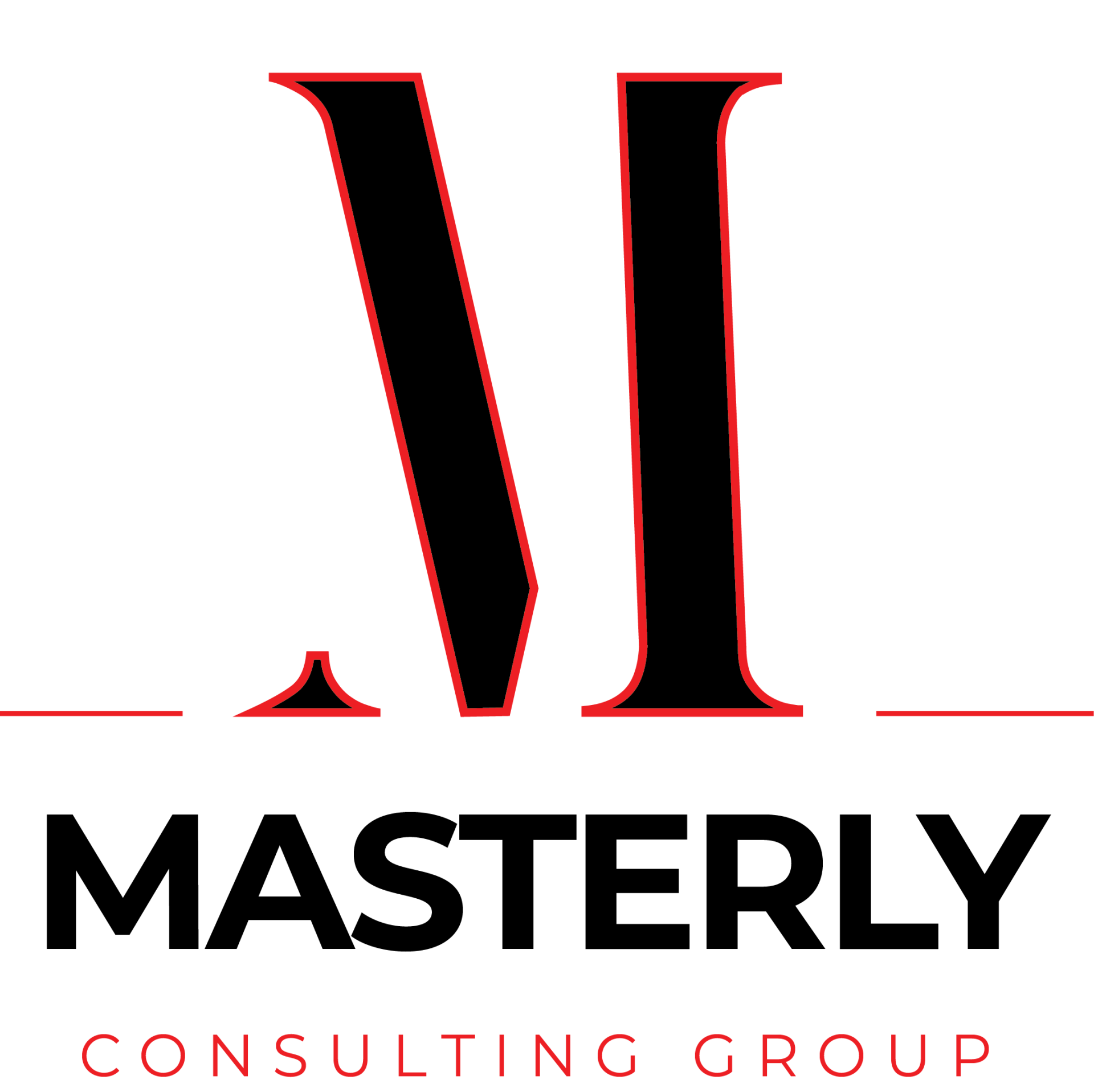
Masterly Consulting Group
Office Number
(888) 209-4055
Office Locations
Dallas, TX | Uptown Area
Houston, TX | Galleria Area
Grand Prairie | Training Center
West Palm Beach, FL | Downtown
Coming Soon
Atlanta, GA
Latest news

